In Situ: Encounters of Place
A group exhibition featuring new works that probe our position in the real and virtual world
Dates and Venue:
30 October – 26 November 2022
kó Gallery, Lagos, Nigeria
Curator: Otsholeng Poo, Curator at kó
kó presents In Situ: Encounters of Place, a group exhibition featuring new works by Asemahle Ntlonti, Ayanfe Olarinde, Ayotunde Ojo, Sesse Elangwe, Stephen Price and Talut Kareem.
Through paintings and mixed media works, these artists reflect on the concept of place and origin in rapidly changing social, political, and economic realities. They offer perspectives into our shifting understanding of home as a defining element of personal history and a marker of belonging. In an era marked by unprecedented levels of migration and the rise of digital worlds capable of collapsing barriers of space, time, and culture, these works probe our position in the real and virtual world around us.
SOUTH SOUTH interviewed curator Otsholeng Poo to find out more about the show.
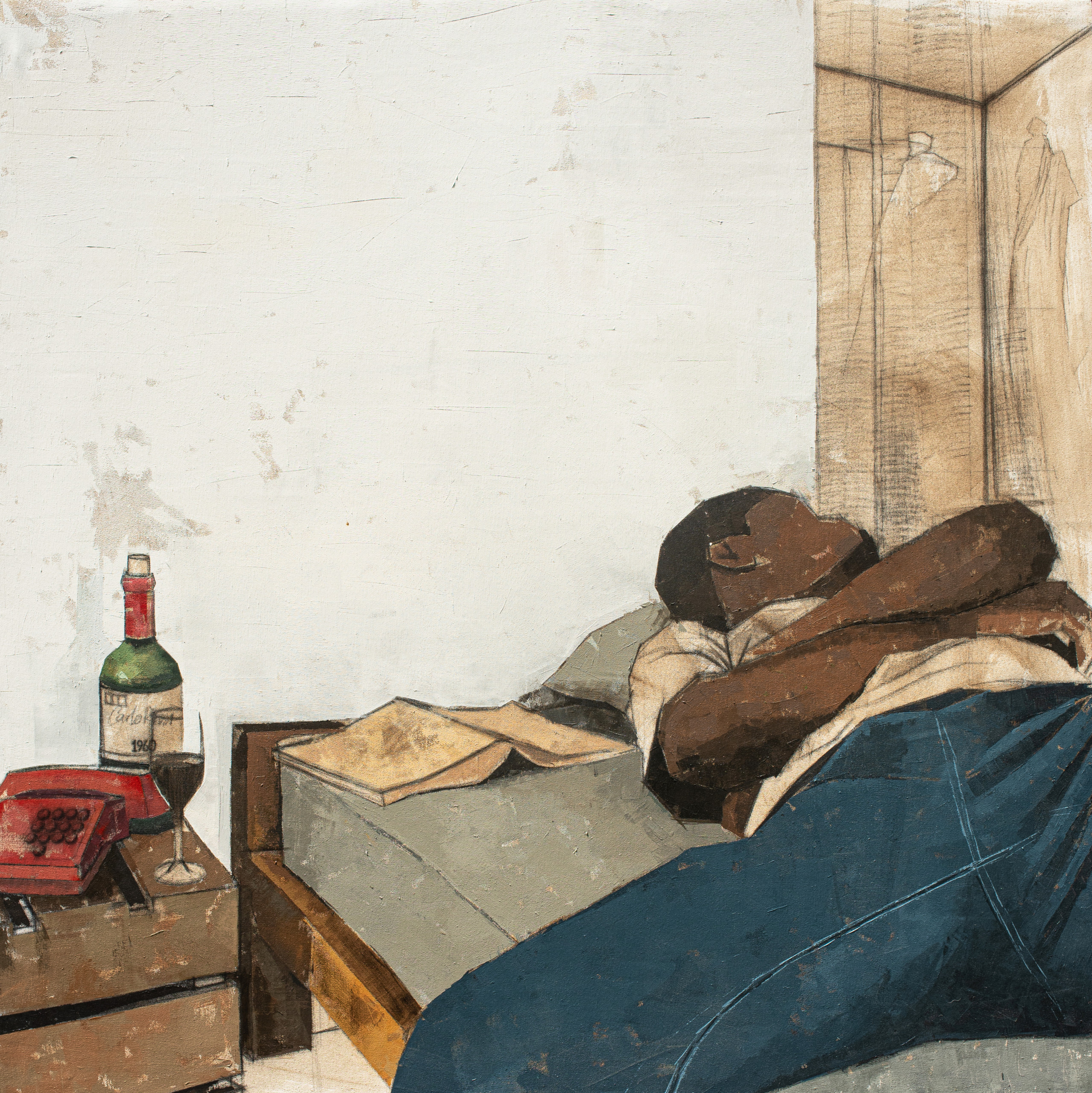
Ayotunde Ojo, Stale Wine, 2022
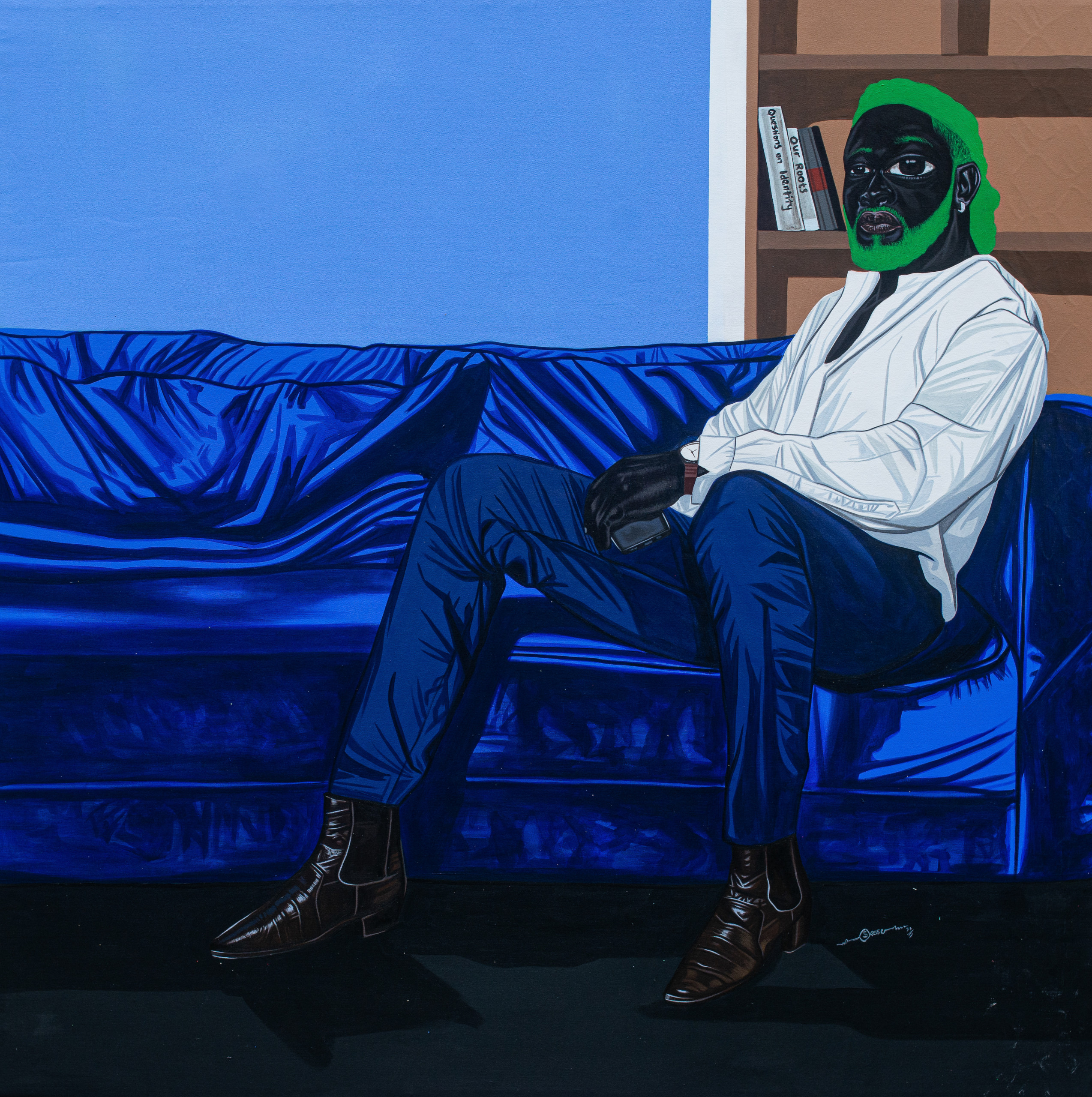
Sesse Elangwe, Questions on identity, 2022
SOUTH SOUTH (SS): How would you describe your curatorial approach to the show?
Otsholeng Poo (OP): I like to develop the framework for each exhibition with a collaborative process in mind. This is especially rewarding and also challenging when one is presenting a group exhibition of artists working in different mediums. This involves extensive discussions with the artists, with other exhibition technicians, with a curatorial team, and others while preparing my own research. It’s in this process of collaboration that the exhibition starts to take shape and I can syncretize the artists’ visions, the properties of the space, and the cultural position of the gallery into a thematic scope.
SS: What drew you to the artists and artworks that are part of this show? How do you think they speak to each other?
OP: I think all the exhibiting artists are very interested in exploring the private emotional environment of the artist. Whether it’s in Ayotunde Ojo’s depictions of individual grace and strength amidst dire economic conditions or Ayanfe Olarinde’s use of painting as a diacritic medium, as a chronicle of the changing self. Overall, I was drawn to their desire to capture elusive states of mind, to reevaluate the past and to understand the present. I believe these are themes that will resonate with audiences anywhere.
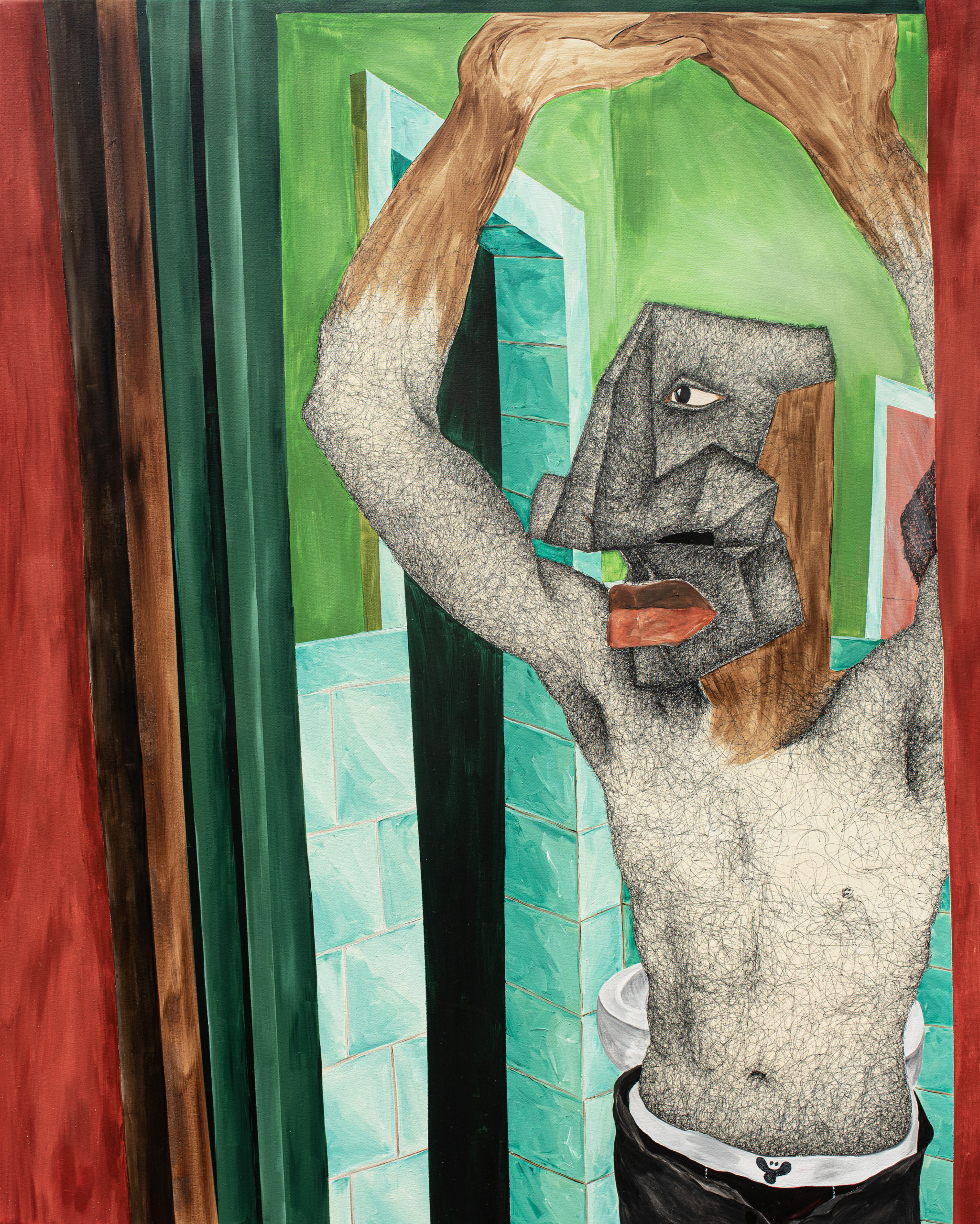
Ayanfe Olarinde, Tell Me, 2022
I like to develop the framework for each exhibition with a collaborative process in mind. This is especially rewarding and also challenging when one is presenting a group exhibition of artists working in different mediums.
SS: In the exhibition text you state that these works “probe our position in the real and virtual world around us.” Could you unpack this statement further?
OP: Our lives are increasingly split between offline and online realities and the barriers are increasingly less clear and defined. Some of this is due to technological advancements and the way so much of our time is spent in digital spaces like Instagram, Twitter and Zoom where we’re typically disembodied versions of ourselves or performing other personas as avatars. I believe a lot of it is also due to rapidly changing notions of identity across all areas of social life. There’s a lot more fluidity now and the need for language and symbols that can describe this fluidity. The works in this exhibition are very sensitive to that.
SS: The show seems to include exclusively young, emerging artists. Could you share more about the significance of showing these artists at this point in their careers?
OP: One obvious factor is the fact that their demographic is representative of a significant portion of the continent, about 70% of sub-Saharan Africa is under 30 according to some statistics, and more and more we see people of this generation applying themselves in ways that far exceed established standards or expectations. We see the ways social media has been used by young people to address social and political concerns, we’re seeing astonishing disruptions in tech-related industries. It’s not so different in the art world where we’re witnessing the rise of young artists who demonstrate a remarkable capacity for invention. But even on an organizational level, this is at the heart of our ethos. At kó, we’re always thinking about what it means to platform and support contemporary art from Africa. Over time we keep learning that it’s by paying serious attention to artists whose interests and approaches are still being largely defined by their immediate environments and not so much by institutional exposure. We think this is a critical stage in their development and we’re committed to showcasing its possibilities.
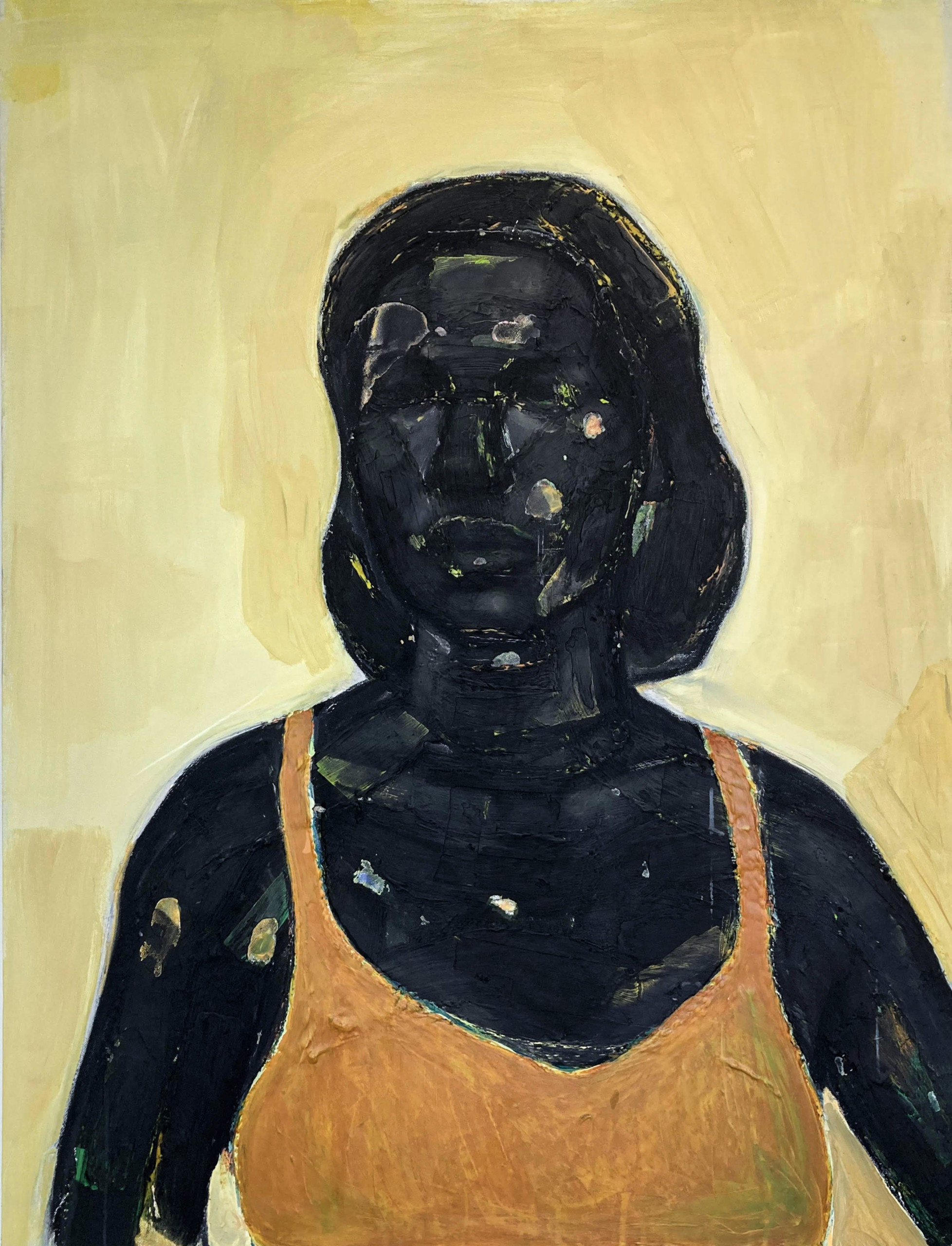
Stephen Price, Essence, 2022
At kó, we’re always thinking about what it means to platform and support contemporary art from Africa. Over time we keep learning that it’s by paying serious attention to artists whose interests and approaches are still being largely defined by their immediate environments and not so much by institutional exposure.
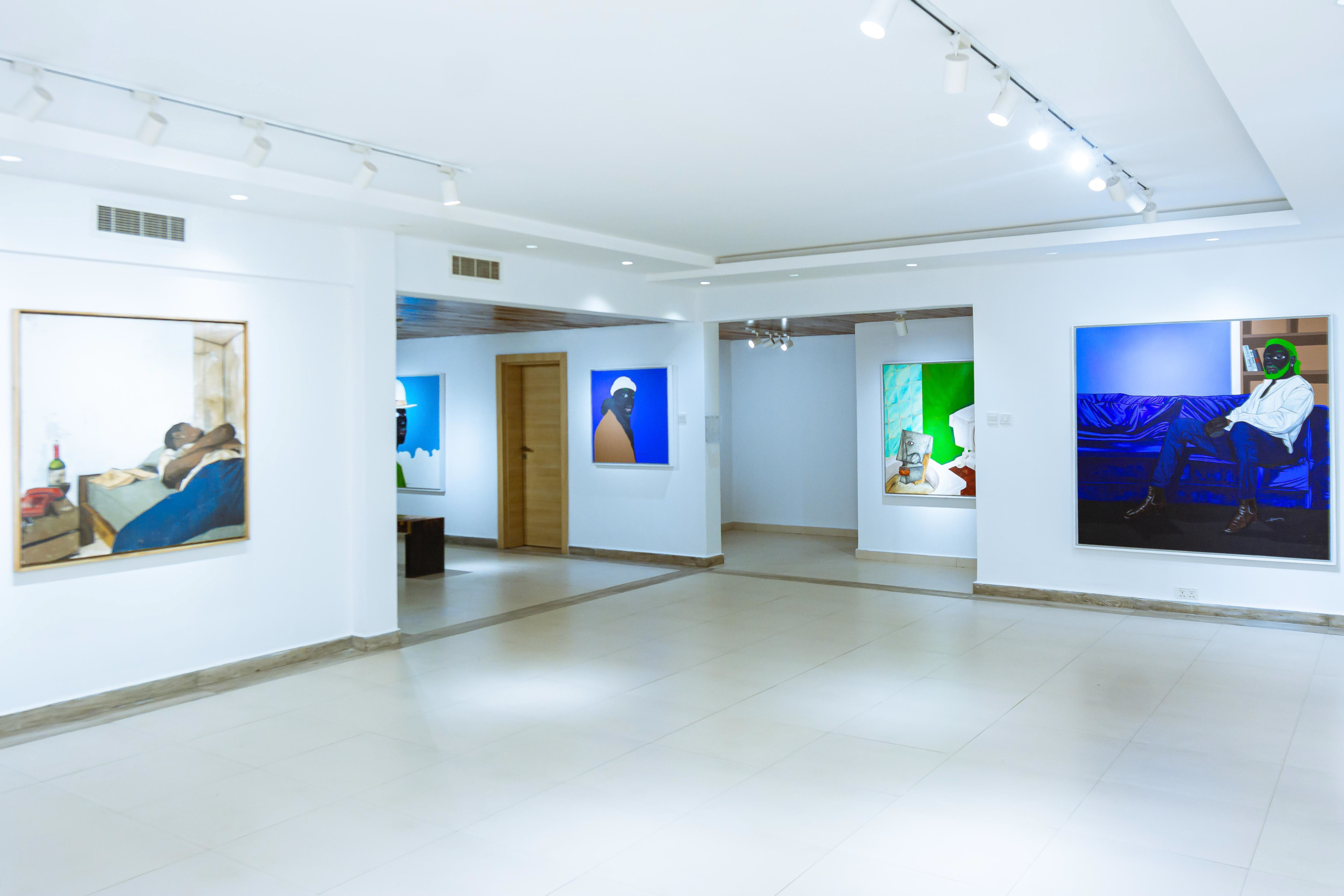
Installation view, In Situ: Encounters of Place
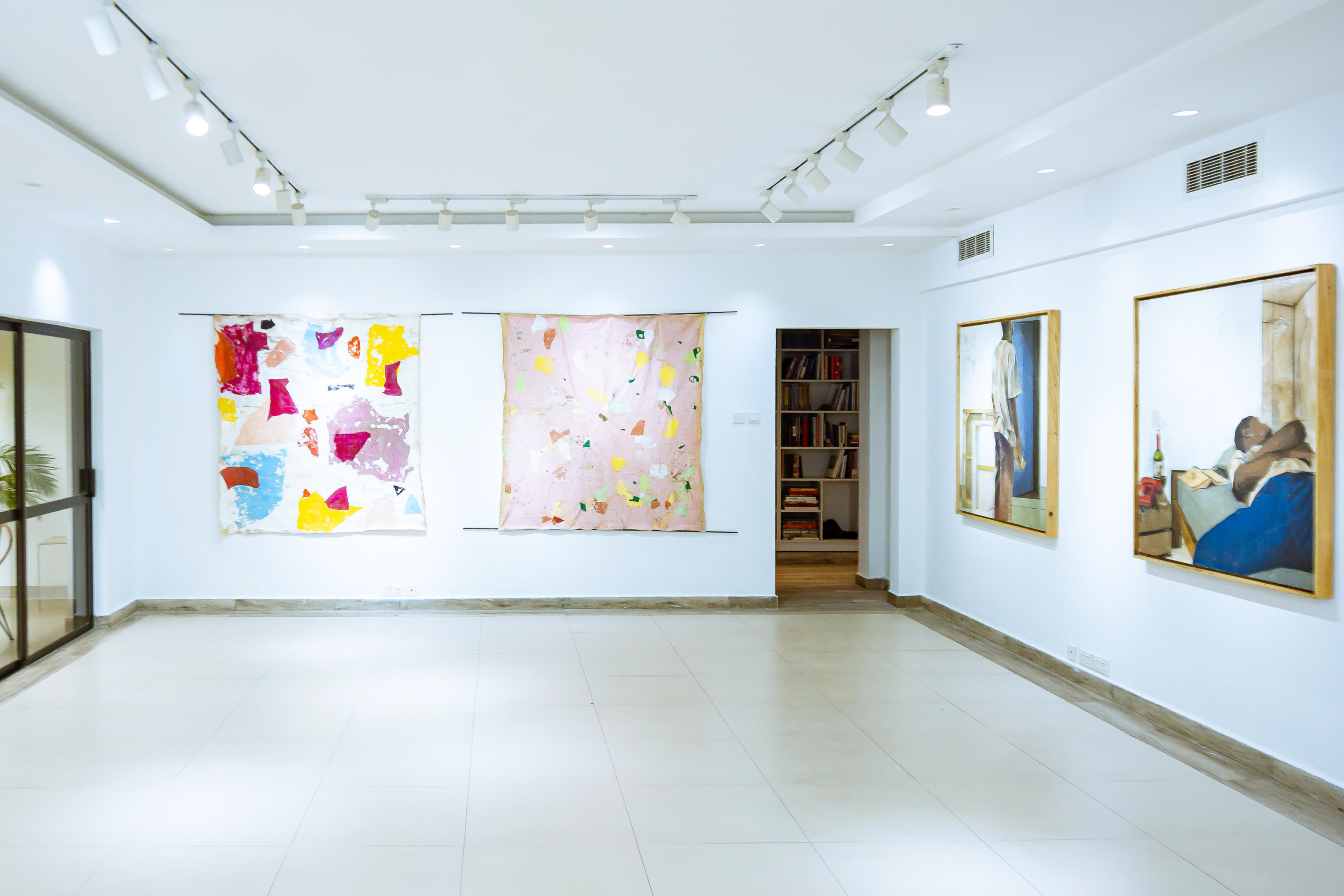
Installation view, In Situ: Encounters of Place
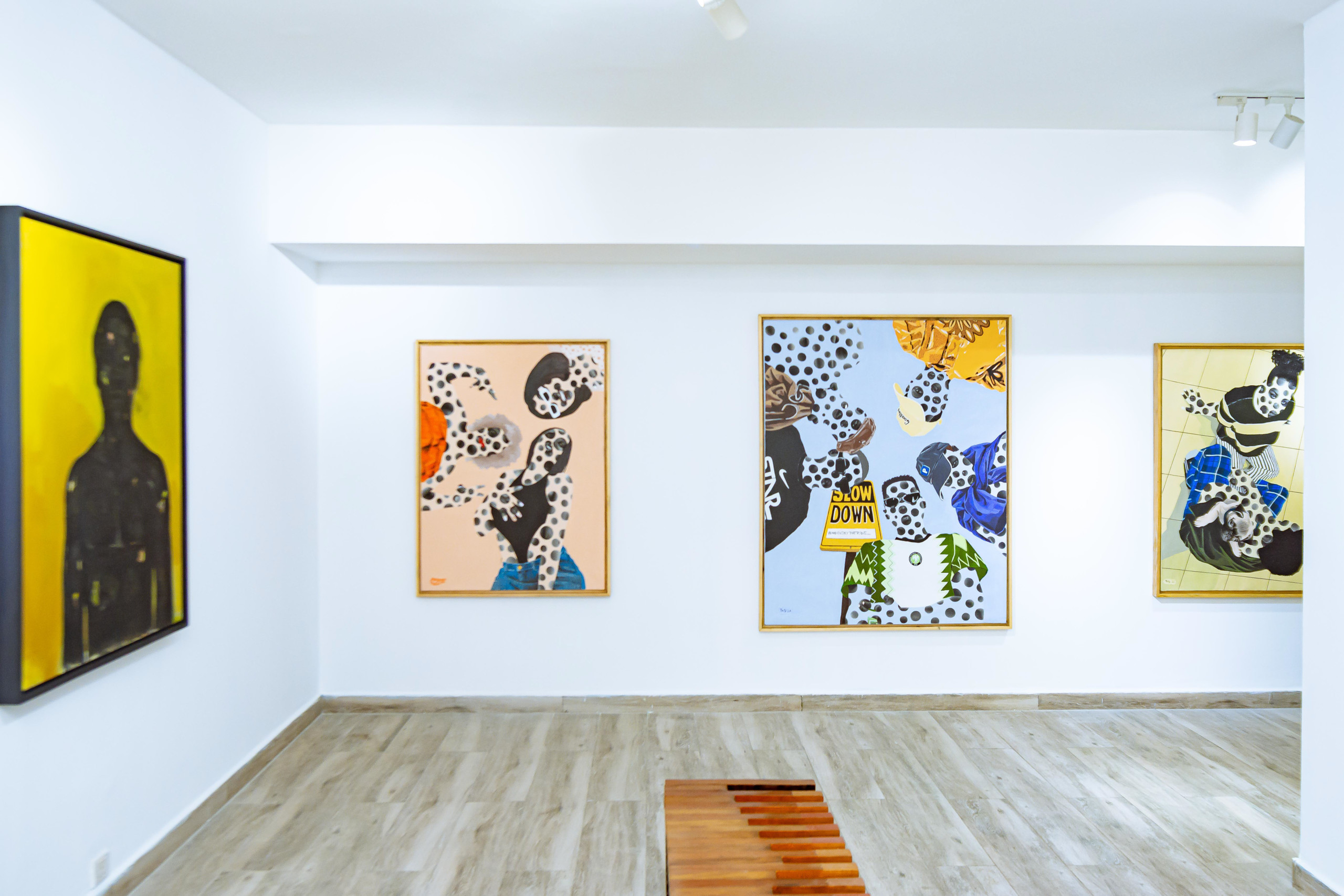
Installation view, In Situ: Encounters of Place
